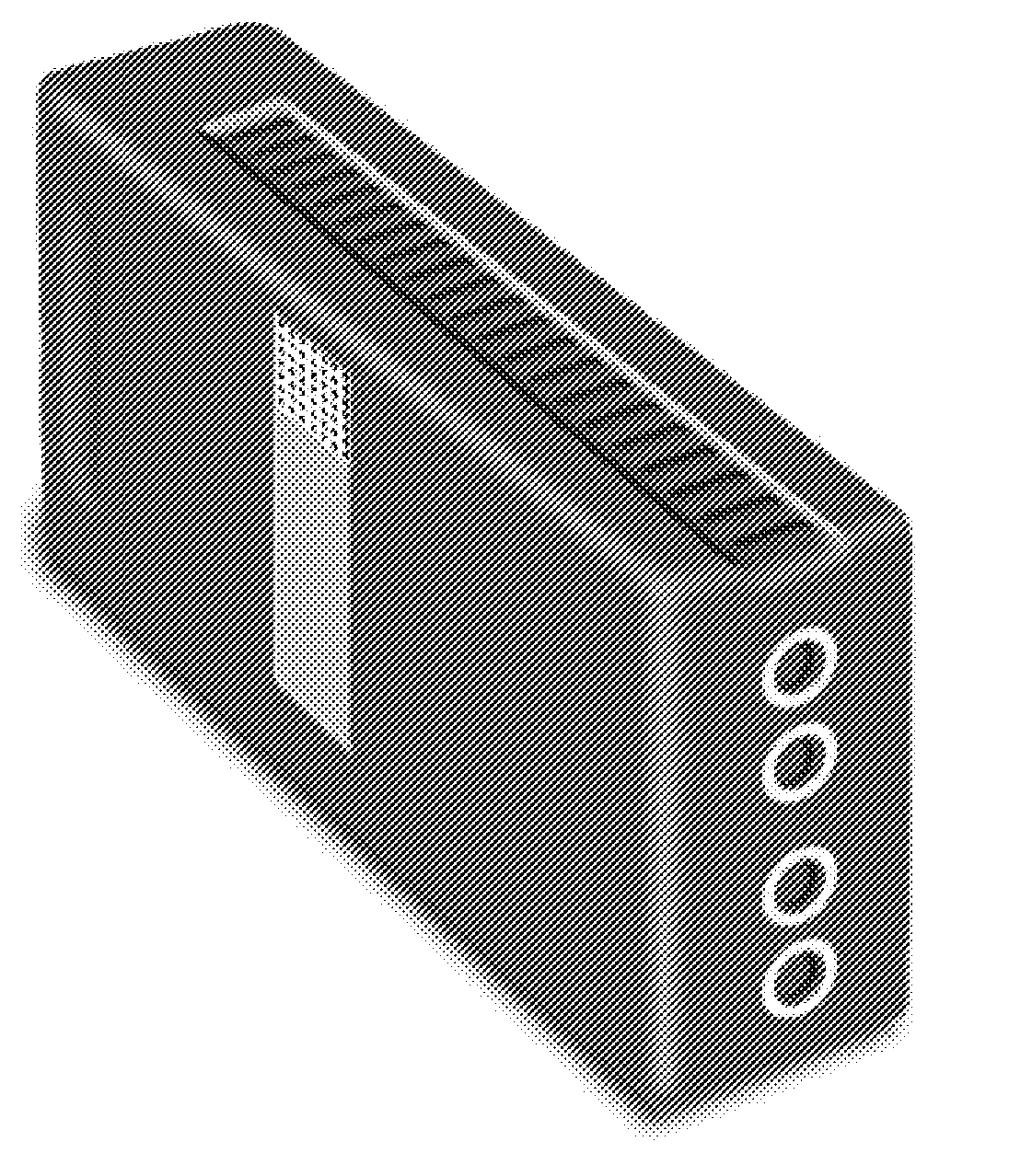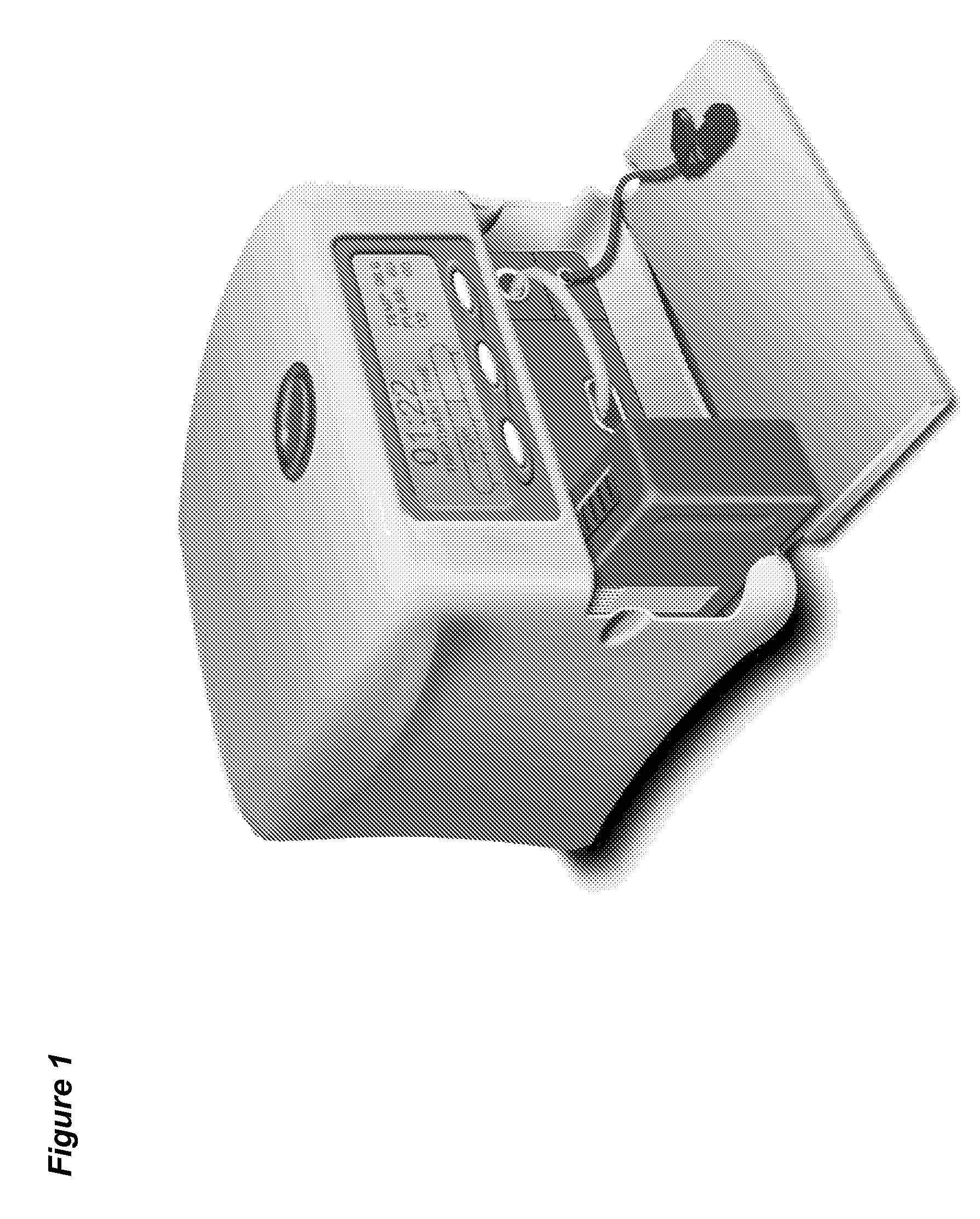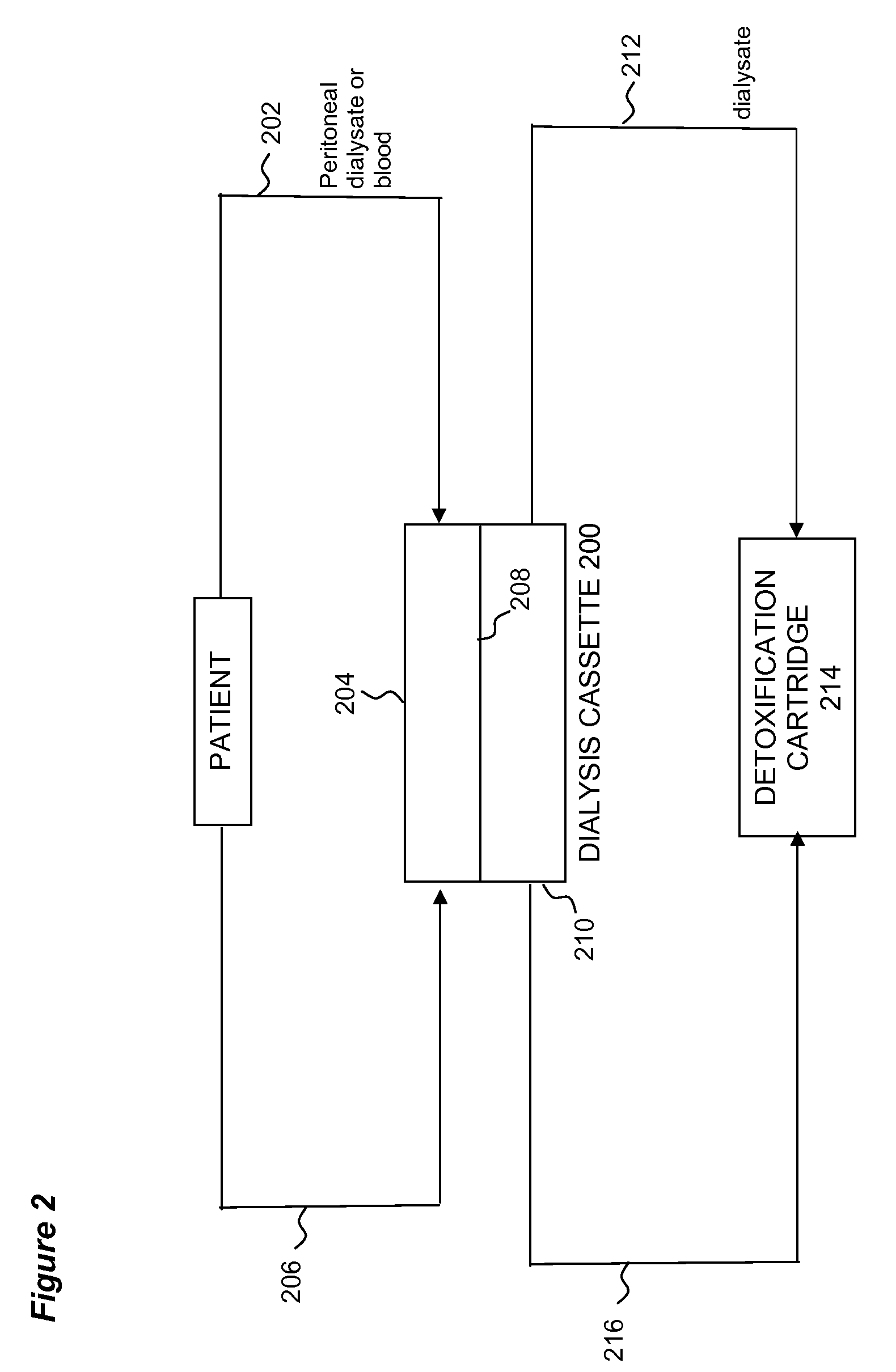Extracorporeal Renal Dialysis System
- Summary
- Abstract
- Description
- Claims
- Application Information
AI Technical Summary
Benefits of technology
Problems solved by technology
Method used
Image
Examples
Embodiment Construction
[0037] The present invention relates to improved devices and methods for renal dialysis using reduced quantities of fresh dialysate. An extracorporeal renal dialysis system is provided comprising a recirculating dialysis apparatus and at least one detoxification cartridge. The present inventor has determined that dialysate, from either hemodialysis or peritoneal dialysis, can be recirculated during the dialysis session, by passing the spent dialysate through a detoxification cartridge before returning the detoxified dialysate to use thereby reducing the volume of fresh dialysate needed. The extracorporeal renal dialysis system of the present invention removes waste toxins yet spares many normal essential molecules that are often lost during standard dialysis methodologies. More specifically the present invention provides a detoxification cartridge which is attached aseptically and releasably to a portable recirculating dialysis apparatus for the detoxification of spent dialysis flui...
PUM
| Property | Measurement | Unit |
|---|---|---|
| Mass | aaaaa | aaaaa |
| Mass | aaaaa | aaaaa |
| Mass | aaaaa | aaaaa |
Abstract
Description
Claims
Application Information
 Login to View More
Login to View More - R&D
- Intellectual Property
- Life Sciences
- Materials
- Tech Scout
- Unparalleled Data Quality
- Higher Quality Content
- 60% Fewer Hallucinations
Browse by: Latest US Patents, China's latest patents, Technical Efficacy Thesaurus, Application Domain, Technology Topic, Popular Technical Reports.
© 2025 PatSnap. All rights reserved.Legal|Privacy policy|Modern Slavery Act Transparency Statement|Sitemap|About US| Contact US: help@patsnap.com



